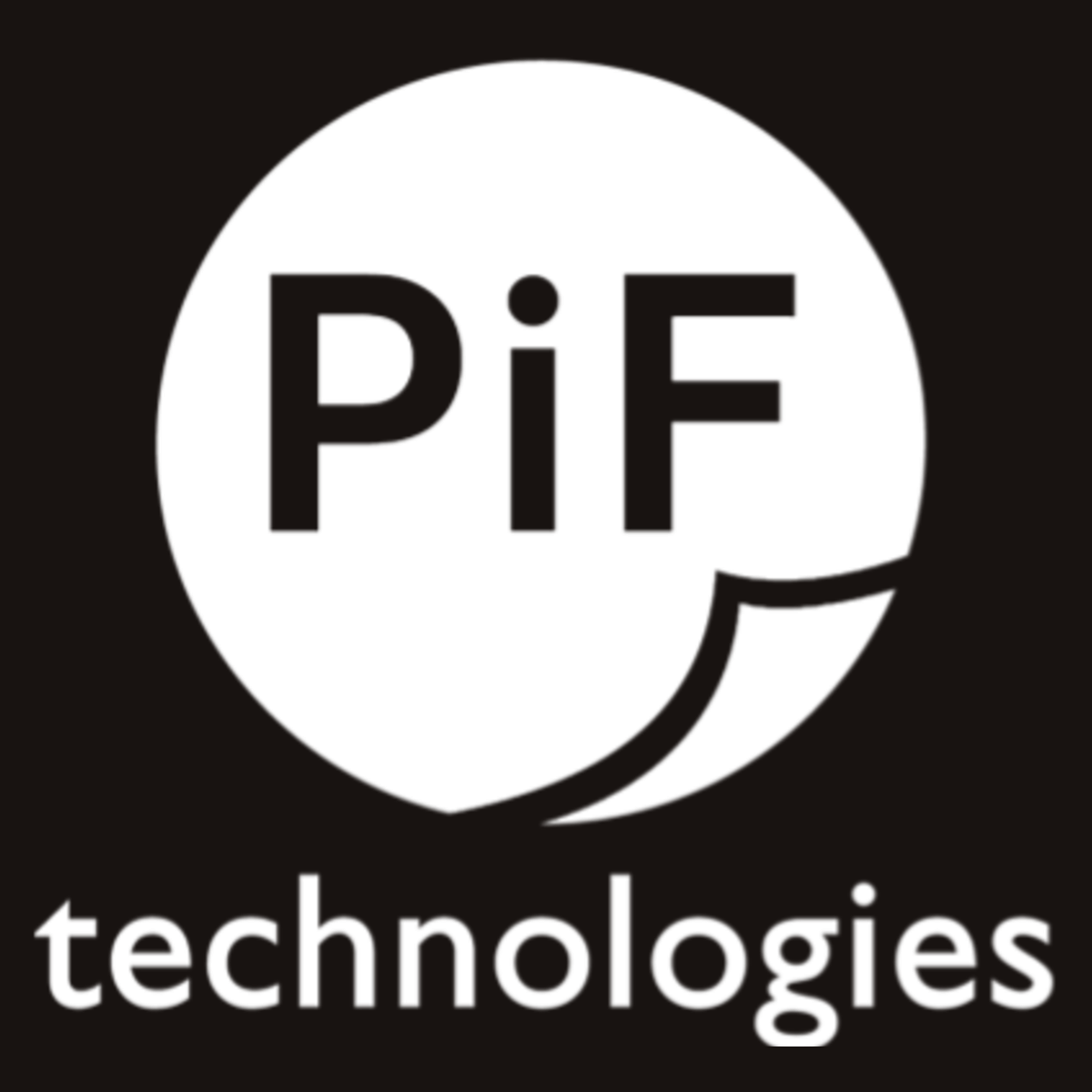Change is the one thing that always stays the same. The most successful organizations are built to weather many unknowns, whether that be economic uncertainty, changing consumer needs, or staffing or product shortages. Years of planning and preparation take place behind the scenes to ensure that these unknown circumstances can be handled with ease. Despite even the best-laid plans, some organizations still face unintentional oversights that can create larger issues later on.
A prime example of this is within record retention, something that typically is not even a consideration for many organizations, not for lack of effort, but simply from not understanding its importance.
We’ll share some background information on the importance of having a record retention policy, the potential consequences of going without one, and how a digital Document Management system can help make record retention significantly simpler.
Why do I need a record retention policy?
A record retention policy is an organization’s established protocol to retain information in order to meet operational needs or comply with regulatory requirements.
As a business leader, you likely make all your decisions for the benefit of your organization, but sometimes important practices may not receive the attention they require. By law, specific information needs to be stored securely for a set amount of time, but many business owners do not have a record retention policy that is compliant with these laws or well documented. Confidential information requires records of purge and destruction dates for outdated or irrelevant records in order to show that your organization has done the due diligence to protect personal and proprietary information. Because of these requirements, a strong record retention policy and documentation of destruction are necessary for every organization of every size.
While meeting compliance standards is often one of the largest drivers to establishing a records retention policy, optimizing space (be it physical or digital) is often a strong driver for implementing change. Many organizations have more records than they realize, when data is stored across offices, on separate servers or desktops, or shoved into filing cabinets, it’s hard to visualize exactly how many records an organization keeps and where certain records are stored.
Having excessive records that are improperly stored come with their own risks, for example, large piles of paper could easily be lost in a fire or flood, or simply go missing. Data spread across multiple desktops is subject to accidental deletion or worse, malware or a data leak.
What makes a good record retention policy?
Once you understand why a strong records retention strategy is important, the next step is to identify the steps needed to build your organization’s policy. Just as with most decisions made by business owners, security should be at the forefront of your policy. Make sure that your retention policy addresses security at each step, like duration of storage, outdated and purged records, and destruction. Security can manifest itself in many different ways, for example,
If choosing to store physical documents, one must think through all the possible scenarios for those documents to get damaged such as fire, flood, theft, or misplacement. What is the contingency plan in those cases? Are there backups? If so, where are they stored? A far more secure and sustainable option for organizations is to invest in a Document Management system.
What is Document Management?
At its most basic level, a Document Management system scans, captures, retrieves, and stores documents digitally in a central location.
Also known as Enterprise Content Management (ECM), Document Management is the solution when your organization needs granular document and content type security with specific feature access permissions (such as who can email, print, view, approve, annotate).
Document Management systems can help organizations quickly and easily digitize, retain, and properly destroy any and all records. Not only does it help your organization easily retain your records and documents, a Document Management system
Increase profitability by implementing a document imaging solution, your firm should be able to reduce overhead costs while maximizing productivity and workplace efficiency. Ultimately, firms can focus on what matters most satisfying customers and building the business.
Why Document Management?
- Enforce a consistent naming and filing convention for all documents vs. scanning to PDF or Google Drive. Stop users from giving the same files different names.
- Eliminate the “hunt & peck” on a network folder tree when trying to find them.
- Enterprise Class Security and Compliance; control who can see what documents, by department, employee role.
- Audit Trail for all documents; who viewed, printed or emailed, when they did it, and from what IP address.
- Leverage full-page Optical Character Recognition (OCR) for keyword searching; every word in any document
- Eliminate physical filing cabinets, storage, and labor costs trying to locate files or use batch scanning for archives.
Improve document security Document imaging provides the ability to restrict access to sensitive documents, and determine the extent of an individual’s access to any file and document. Managers can easily control whether employees, customers, or vendors can view, annotate, re‐file, email, and fax, print or delete documents. Paper files do not allow for this type of security. The only security available to paper files is the ability to lock a filing cabinet.
Compliance Strategy Users can easily implement a secure document imaging strategy that allows firms to meet their statutory obligations while minimizing daily operations and keeping costs down. A document imaging solution can also reduce paper recordkeeping costs and facilitate producing records on demand for auditing purposes.
Implement a Document Management system with PiF Technologies
PiF Technologies’ Document Management systems are completely customizable to your business and industry needs and offer enterprise-level functionality to enhance your workflows company-wide. It is an optimal investment for organizations looking to establish a robust records management policy and a more efficient organization.
Given the benefits and the predicted rapid growth in the market, the question may not be, “Can I afford to implement an electronic document management system?” It may be more appropriate to ask, “Can I really afford not to?”
Complete the form below to get in touch with us, we can answer any questions you may have and take the first steps towards implementing your Document Management system.








